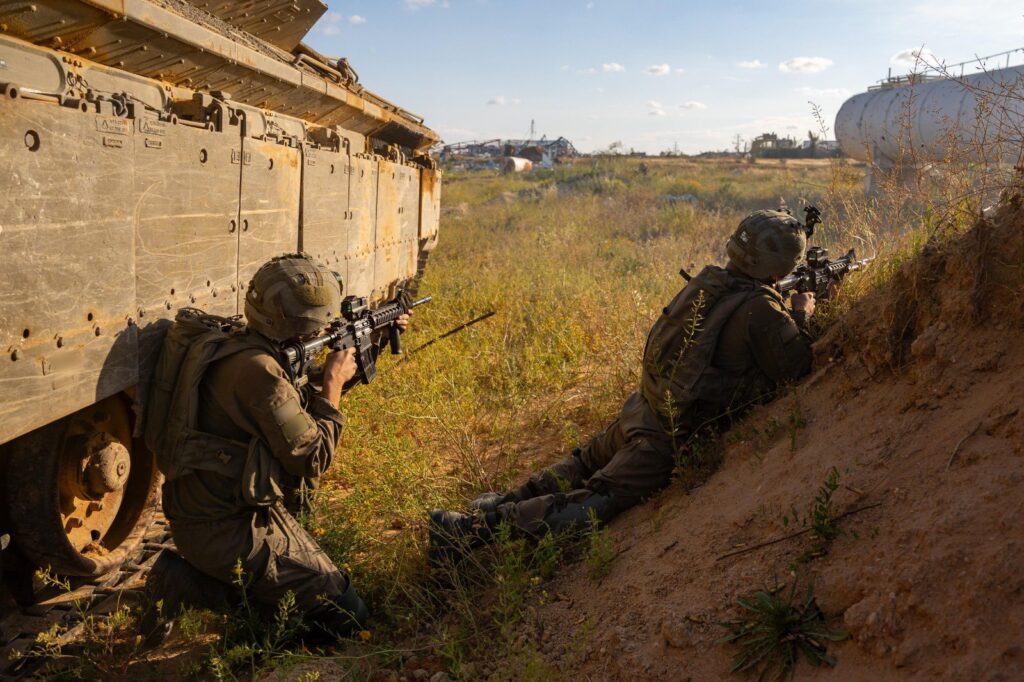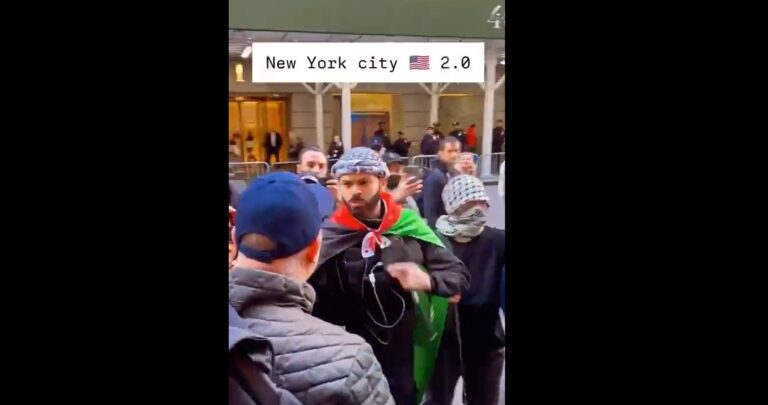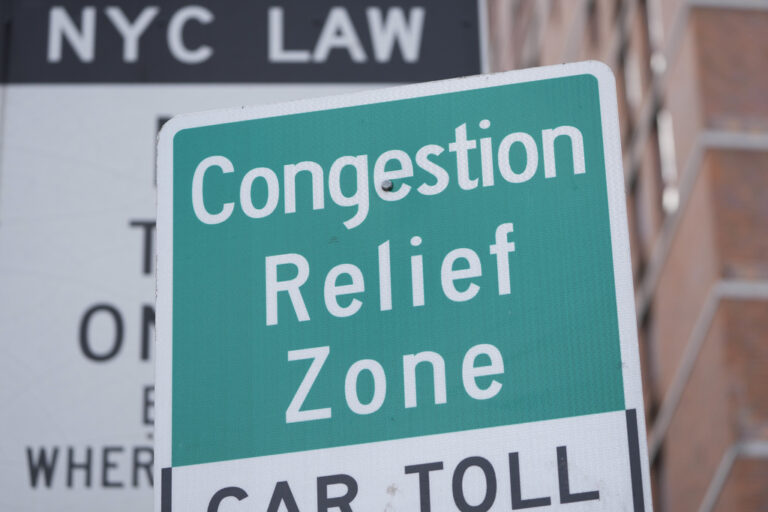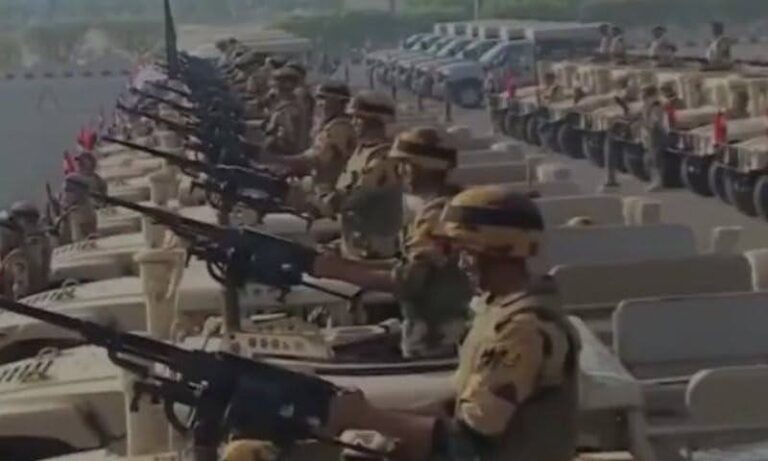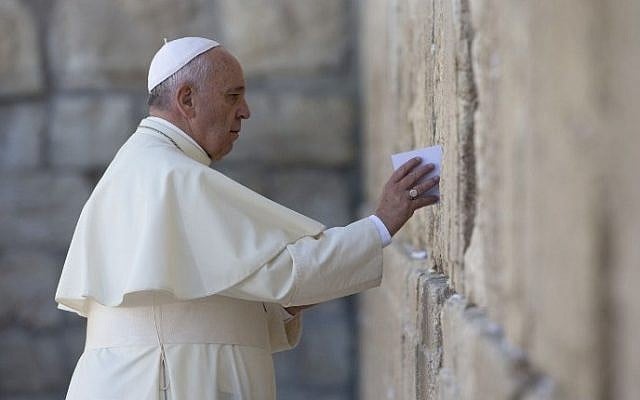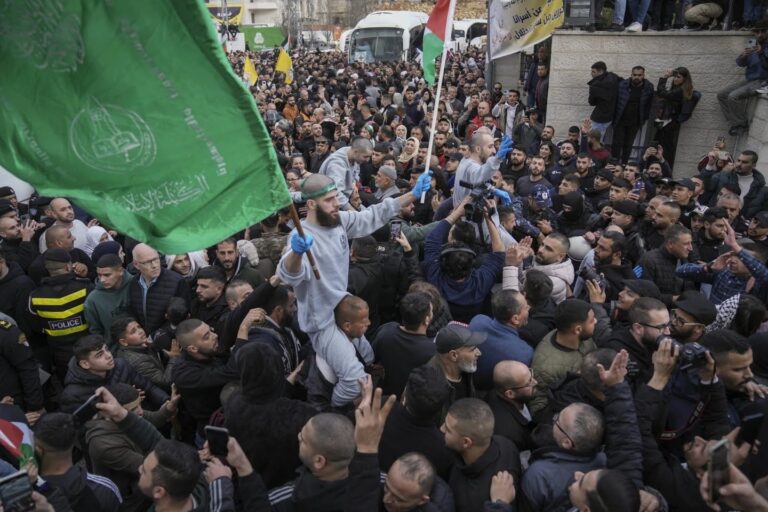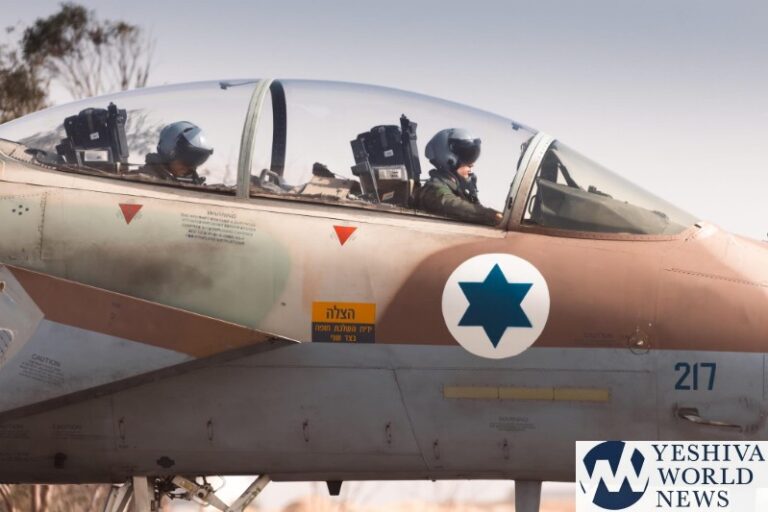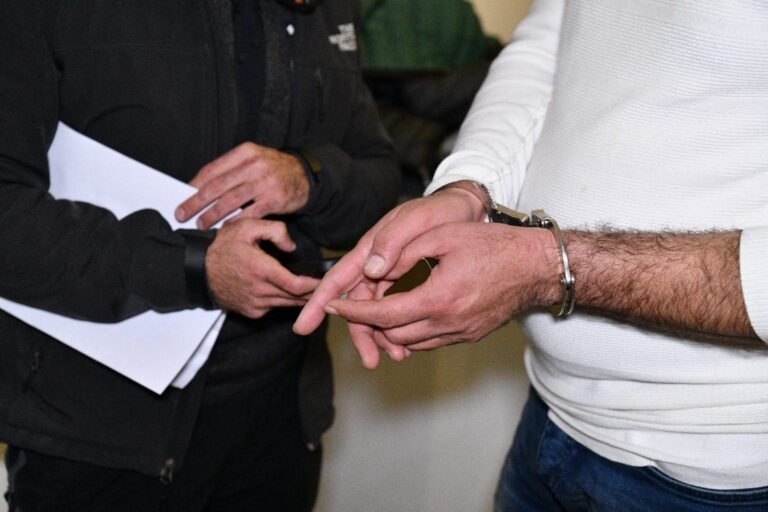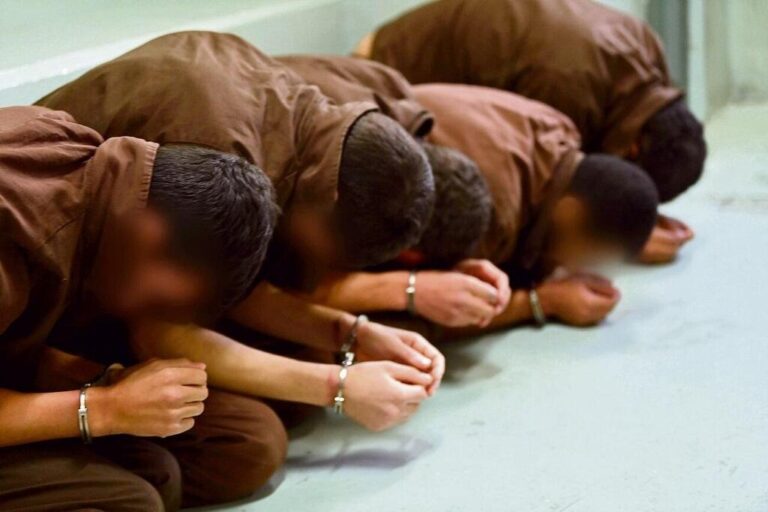With the fate of 59 hostages hanging in the balance, and international tensions running high, the IDF is intensifying operations across Gaza—but holding back from launching the all-out offensive that could shatter negotiations.
The IDF, in a joint statement with the Shin Bet, said that while it continues to ramp up pressure on Hamas through targeted strikes and ground maneuvers, the long-anticipated full-scale offensive to dismantle the terror group remains on pause—awaiting a final green light from Israel’s political echelon.
That decision, according to defense sources, hinges on two factors: the hope of securing a hostage deal and the deep strategic cost of collapsing fragile ceasefire negotiations.
Since resuming operations on March 18 with a surprise wave of airstrikes that ended a two-month ceasefire, the IDF has maintained a deliberate pace—intensifying the noose around Hamas’s remaining strongholds while avoiding a move that could seal the fate of 24 hostages believed to still be alive.
Defense Minister Yisrael Katz has made no secret of Israel’s readiness to escalate. “If the hostages are not returned,” he has warned, “we will launch a wide-scale offensive. No more games.”
But for now, the IDF’s three-division campaign is advancing inch by inch—capturing territory, eliminating senior Hamas commanders, and expanding buffer zones—without pulling the trigger on a full assault.
Since March 18, over 1,200 targets have been hit across the Strip. The IDF estimates it has killed at least 350 terrorists in that time, including 40 senior Hamas officials and mid-level commanders—some directly involved in the October 7 massacre that plunged the region into war.
The operation is methodical by design. Military leaders say they are balancing three priorities: troop safety, operational success, and the continued viability of hostage negotiations. “Every strike has to count,” one senior officer said.
Alongside the air and ground campaign, the IDF is also tightening its grip over strategic zones in the Strip. In the south, the 36th Division has carved out the Morag Corridor—cutting Rafah off from Khan Younis—while unearthing major tunnel networks buried beneath.
The entire city of Rafah is now encircled within the IDF’s expanding southern buffer zone, which stretches over five kilometers from the Egyptian border. In the east, troops are deepening control in Shejaiya, Daraj, and Tuffah—high ground overlooking Israeli border communities.
In total, 30% of Gaza is now held by Israeli forces as part of this de facto security belt, with military leaders vowing not to relinquish control.
Inside Gaza, the dual impact of targeted strikes and a blockade on aid is taking its toll—not only on Hamas’s military assets, but on its control over the civilian population. The recent hits on Hamas’s politburo and police force have sparked rare street protests by Palestinians demanding answers from their terrorist rulers who promised them victory.
Still, military officials stress there is no starvation in Gaza. Supplies are stretched, but available. “We don’t want a humanitarian collapse,” one official said. “Our legitimacy depends on maintaining that line, even as we dismantle Hamas.”
At the center of every decision lies the grim calculus of 59 hostages—58 of them taken on October 7. Of those, 24 are believed to be alive, and 35 have been declared dead. Every missile launched, every tunnel entered, carries the risk of killing those Israel is still desperate to bring home.
Pressure is mounting from within as well. A wave of letters from IDF reservists and veterans demanding the government prioritize the hostages—even at the cost of ending the war—has captured public attention. But the army insists its plans have not changed. “We fight to win,” an IDF statement read. “And we fight to bring them home.”
Israel estimates that some 20,000 terrorist combatants have been killed in Gaza since the war began. The cost has been steep on both sides: 410 Israeli soldiers have fallen in the ground offensive, and Gaza’s Hamas-run health ministry claims over 1,600 deaths since March 18—though those numbers do not distinguish between terrorists and civilians.
(YWN World Headquarters – NYC)

